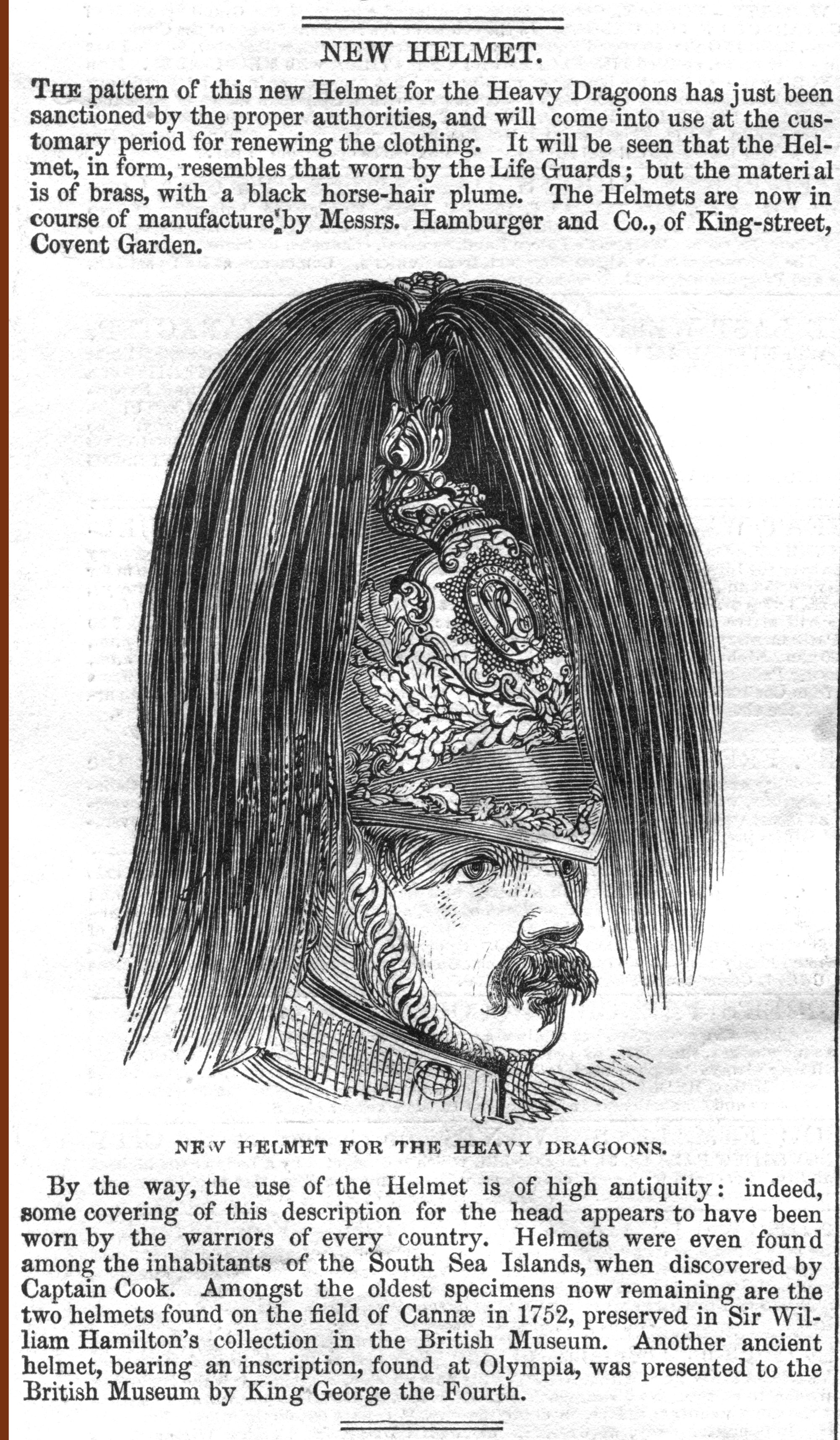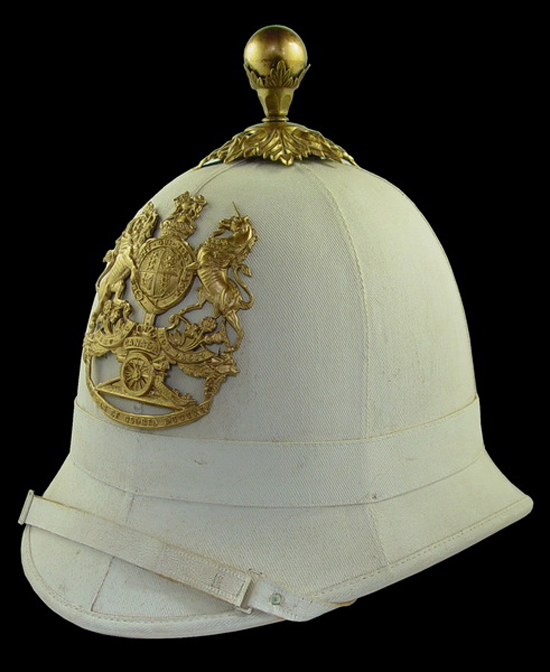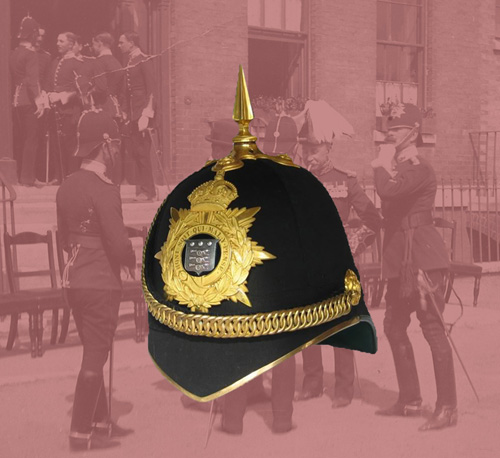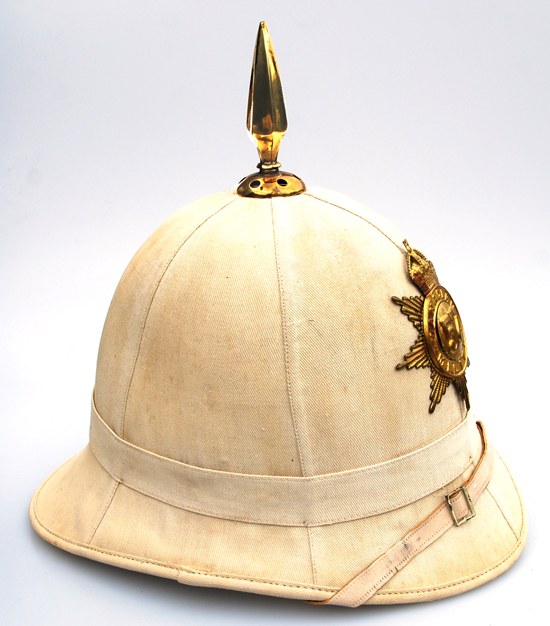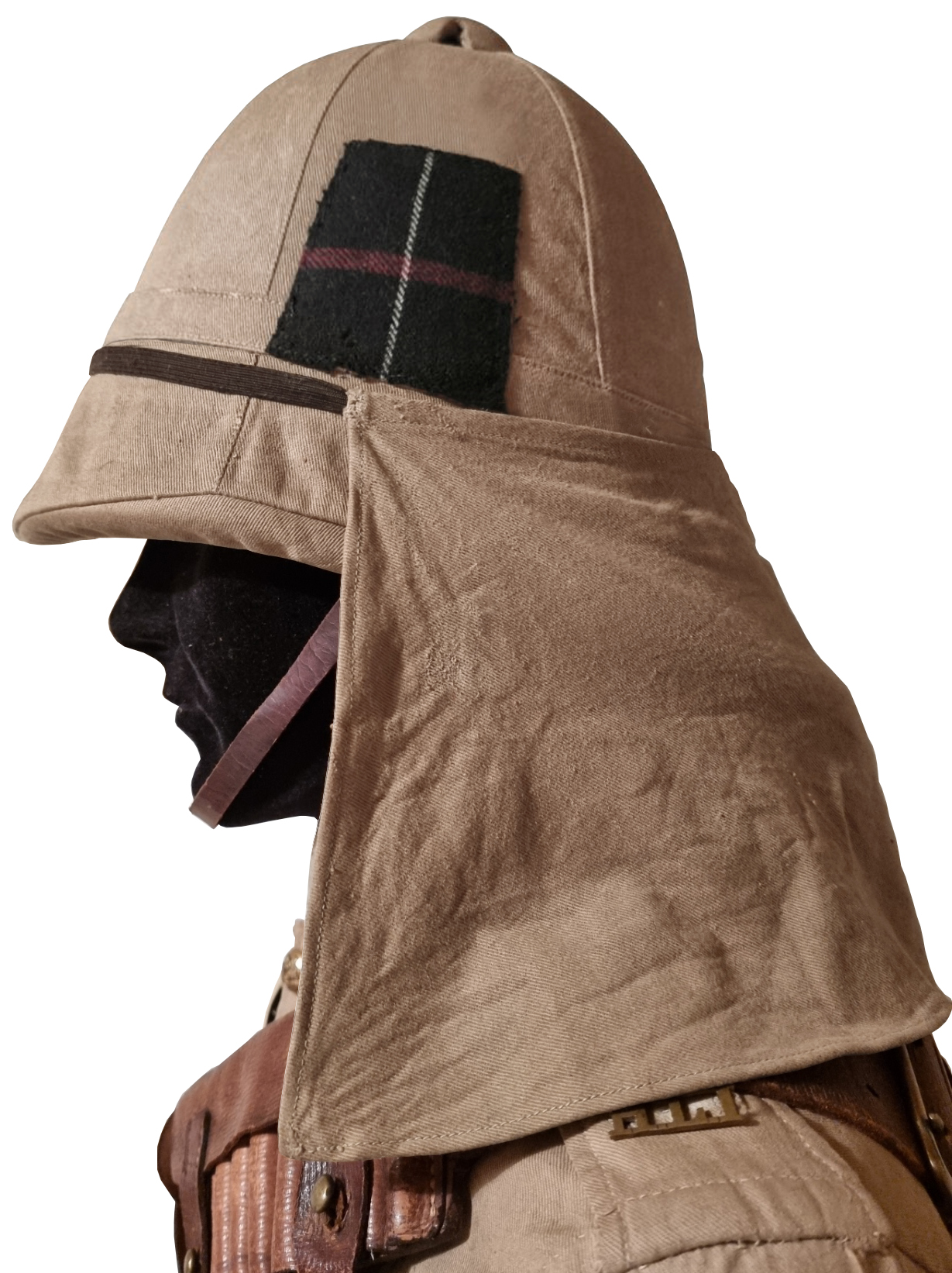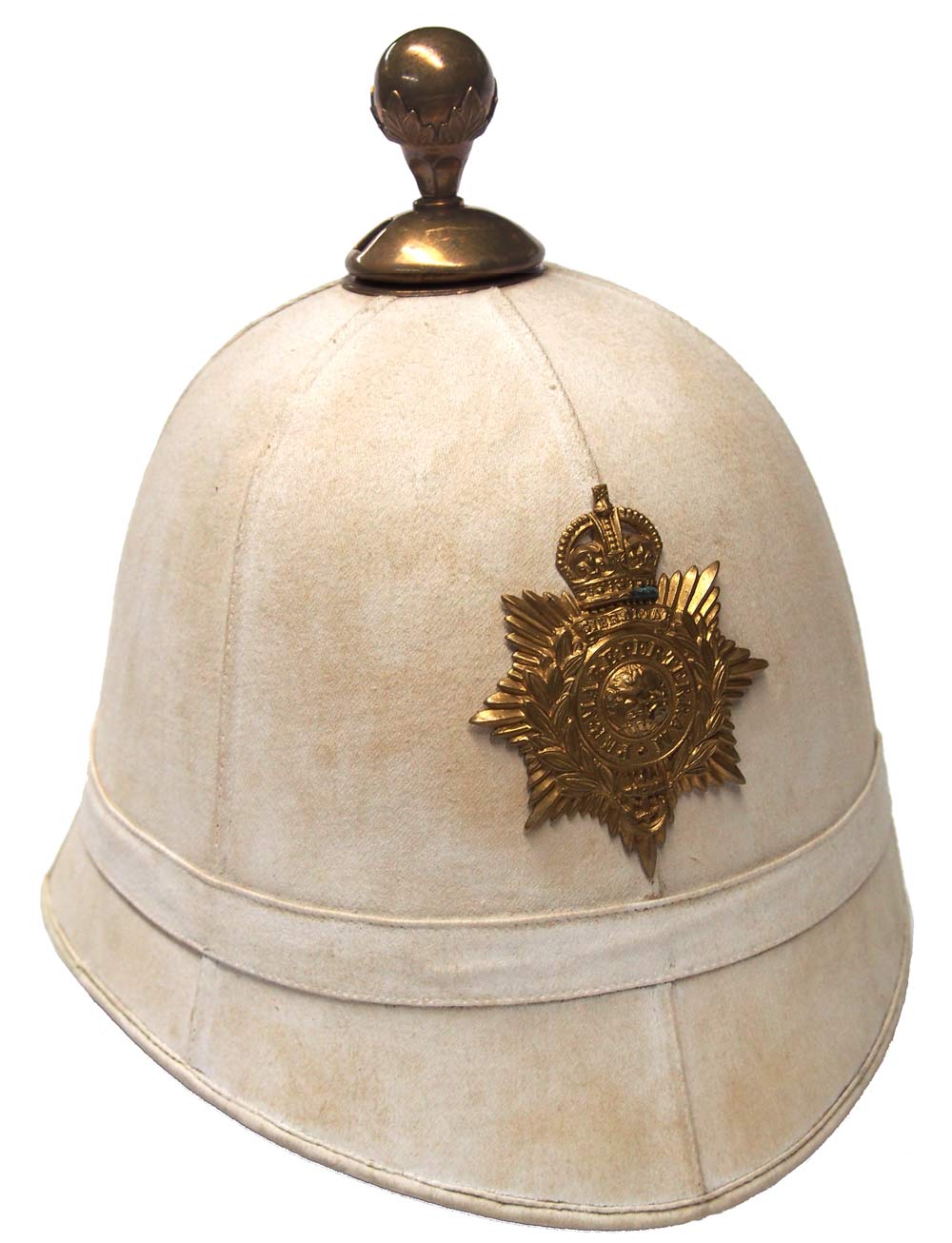
By 1905 the British Army had widely adopted the Wolseley pattern sun helmet for use in tropical stations, yet it was only then that the Royal Marine Artillery and Royal Marine Light Infantry adopted a white “colonial pattern” helmet for wear at both home and overseas thus making it a “Universal Pattern Helmet.” Continue reading

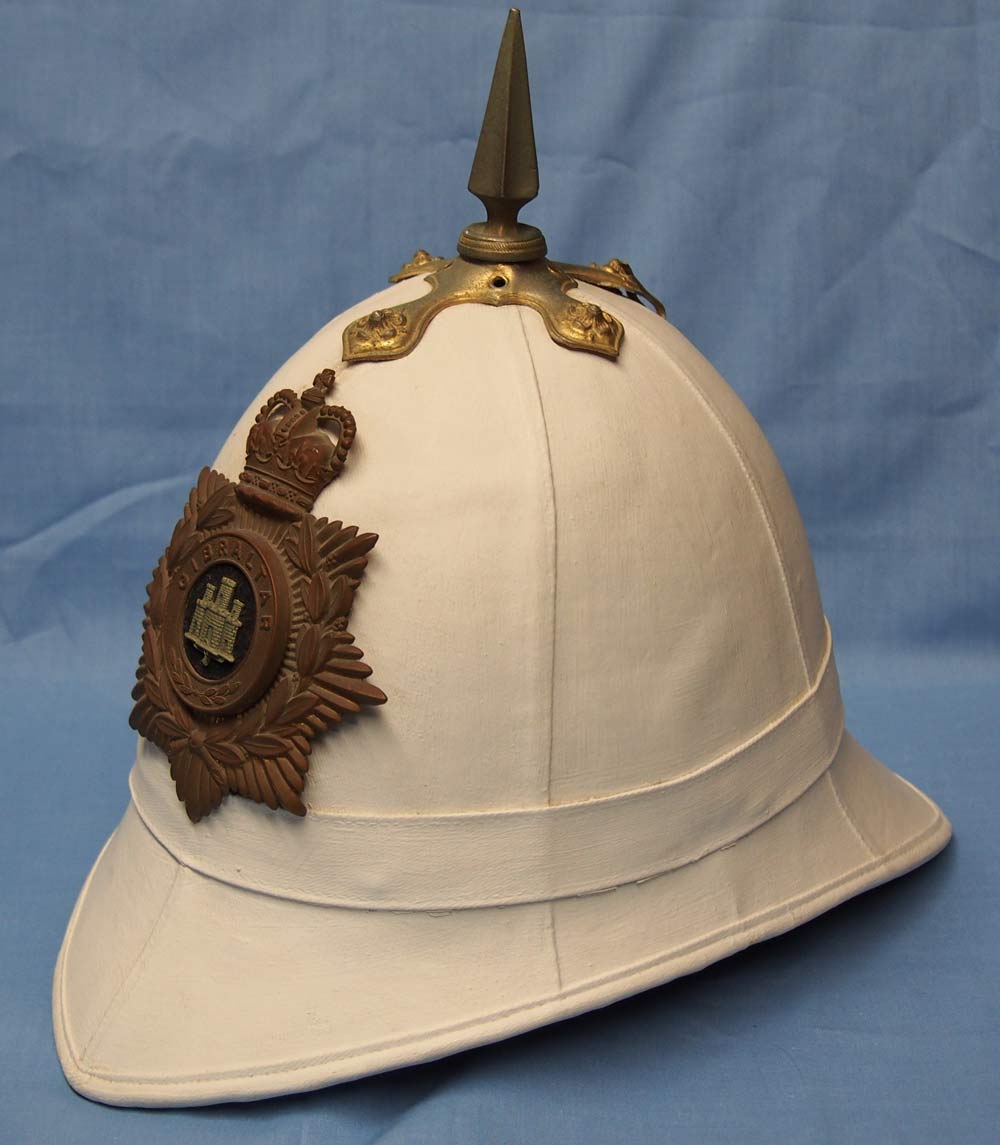 The British “
The British “